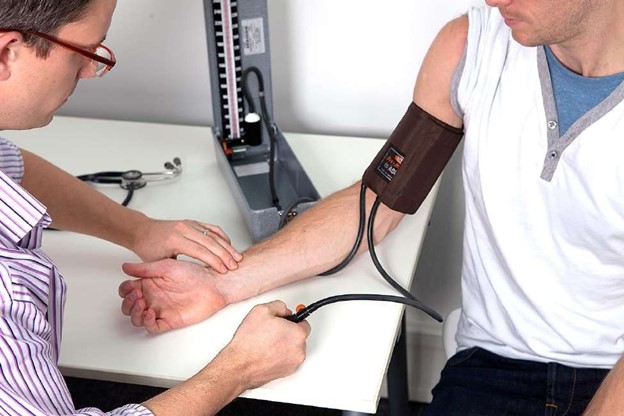A staff nurse is observing a newly licensed nurse suction a client’s tracheostomy.
Which of the following actions by the newly licensed nurse requires intervention by the staff nurse?
Inserts the catheter without applying suction.
Waits for 2 min between suctions.
Applies suction for 15 seconds.
Encourages the client to cough during suctioning.
None
None
The Correct Answer is B
The correct answer is Choice B
Choice A rationale: Inserting the catheter without applying suction is correct technique. Suction should only be applied while withdrawing the catheter to prevent mucosal trauma and hypoxia. Initiating suction during insertion can damage tracheal lining and cause bradycardia due to vagal stimulation. Allowing clean insertion without suction reduces injury risk and supports effective secretion removal on withdrawal with controlled suction time.
Choice B rationale: Waiting 2 minutes between suction passes is too long and may delay secretion clearance, risking hypoxia and secretion buildup. Best practice is to wait about 30 seconds to 1 minute or until the client recovers baseline oxygen saturation and heart rate. Prolonged intervals may lead to atelectasis or respiratory distress in patients with poor reserve, especially if suctioning is incomplete or secretions are copious.
Choice C rationale: Suctioning should be limited to 10–15 seconds per pass to reduce hypoxemia and bronchospasm risks. Applying suction for 15 seconds falls within the upper acceptable range, particularly if preoxygenation is done. Extended suction beyond this can decrease PaO₂ levels rapidly. Limiting the suction time ensures safer removal of secretions while minimizing trauma and preserving adequate oxygenation.
Choice D rationale: Encouraging the client to cough facilitates mobilization of secretions toward the upper airway, making suctioning more effective. Coughing also enhances airway clearance naturally and may reduce the number of required suction passes. It is a therapeutic action in tracheostomy care that supports pulmonary hygiene, helps prevent atelectasis, and can reduce the need for deep suctioning interventions.
Nursing Test Bank
Naxlex Comprehensive Predictor Exams
Related Questions
Correct Answer is B
Explanation
This method involves feeling the radial pulse while inflating and deflating the cuff.

The systolic pressure is estimated by noting the pressure at which the pulse disappears and reappears. The diastolic pressure is not measured by this method, but it can be useful when the sounds are difficult to hear.
Choice A is wrong because applying the largest cuff available can result in a falsely low reading. The cuff size should be appropriate for the client’s arm circumference.
Choice C is wrong because placing the arm above the level of the client’s heart can also cause a falsely low reading. The arm should be at the level of the heart for an accurate measurement.
Choice D is wrong because deflating the cuff quickly can lead to missing or skipping sounds, resulting in an inaccurate reading. The cuff should be deflated slowly and evenly.
Normal ranges for blood pressure vary depending on age, sex, and health conditions, but generally, a systolic pressure below 120 mmHg and a diastolic pressure below 80 mmHg are considered normal for adults.
Correct Answer is B
Explanation
The correct answer is choice b. Remove the device from the room.
Choice A rationale:
Reporting the defect to the equipment maintenance staff is important, but the immediate priority is to ensure the client’s safety by removing the faulty device.
Choice B rationale:
Removing the device from the room is the first action to take to prevent any potential electrical hazards or injuries to the client.
Choice C rationale:
Initiating a requisition for a replacement CPM device is necessary but should be done after the faulty device has been removed to ensure safety.
Choice D rationale:
Ensuring the device inspection sticker is current is part of routine checks, but it does not address the immediate safety concern posed by the frayed cord.
Whether you are a student looking to ace your exams or a practicing nurse seeking to enhance your expertise , our nursing education contents will empower you with the confidence and competence to make a difference in the lives of patients and become a respected leader in the healthcare field.
Visit Naxlex, invest in your future and unlock endless possibilities with our unparalleled nursing education contents today
Report Wrong Answer on the Current Question
Do you disagree with the answer? If yes, what is your expected answer? Explain.
Kindly be descriptive with the issue you are facing.
